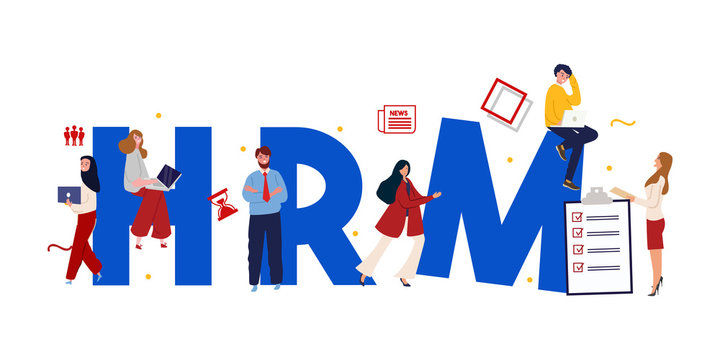Decline of Unions and Collective Bargaining Power
It is a fact that the labor unions and organized labor have witnessed a decline in their power since the 1970s which was the height of their ability to wrangle concessions from employers.
Concomitant with the emergence of globalization and the rise of offshoring of manufacturing jobs to China and other countries, membership in the unions dwindled to the extent that unions in the present United States have little or no power to bargain in favor of the workers.
In addition, with automation has taken away some of the jobs that were retained in the United States, workers now have little power regarding collective bargaining and fighting for their rights.
While the capitalist and neoliberal establishment sees this as a positive trend given the animosity that existed between the Unions and the Employers in the aftermath of the Second World War and which continued well into the 1960s, the Human Resource Management implications are many considering the fact that workers without rights are indeed a dangerous lot and hence, can lead to further demoralization of the workforce.
Indeed, Industrial Relations and Personnel Management theories which are the precursor of the present HRM theories have always insisted that there must exist a healthy balance between the employers and the workers to ensure optimal utilization of the workers and to ensure that they lead lives of dignity and fulfillment.
It is in the Interests of Employers to have Workers as Consumers
For instance, even the celebrated Henry Ford, the legendary owner of Ford Motors who introduced the assembly line and the trend of mass production, was known to favor a decent wage for the workers since after all, they had to have purchasing power to buy and consume the goods and services that the capitalist and consumerist system produced.
In other words, while the profits might go up to the employers with workers being paid lower wages and asked to do more, the fact remains that unless such workers are also able to participate in the consumer economy, the resultant system would have the wealthy and the rich producing and consuming its own goods and services.
HRM Implications of the Decline in the Power of the Unions
Further, HRM theory too states that to create an engaged and motivated workforce, the workers need to have their rights upheld. Consider a situation where the workers demand higher wages, and they are denied such allowances.
This would result in a situation where workers can protest and turn volatile threatening the peace and the very fabric of the organization.
Indeed, this is what has happened in the case of the Incident in the Suzuki plant in India where workers denied rights and asked to toil lead to them resorting to violence against the managers and others leading to deaths and destruction of property.
We are not advocating that violence would bring back the rights of the workers.
After all, the reason why employers cracked down on the unions in the 1970s and 80s was precisely because the unions were often resorting to strikes and violence against the factories and establishments.
Rather, what we are saying is that from an HRM perspective, there needs to be a situation where collective bargaining and discussions ought to be the norm so that each side understands what the other wants and hence, with mediation and arbitration, they can reach a common meeting point.
In other words, unless there is an engaged workforce that has its rights recognized, its duties and obligations towards the employers would suffer.
The Rise of the Uber Economy
While one can argue that organized labor is redundant in times of the Gig Economy where firms such as Uber employ freelancers and part-timers without any unionization, the recent cases of Uber drivers striking in several cities and parts of the world is proof that sooner or later, even such New Work arrangements have to accommodate some sort of unionization and collective bargaining.
The IT (Information Technology) and Software industry were touted as the sunrise sector where workers are fully engaged and fulfilled and used to justify the absence of unions among them as a sign that the world has moved on from unionization and other relics of the manufacturing era.
However, as can be seen from the case studies of Silicon Valley firms and in some Indian companies, the fact that mass layoffs and downsizing led to protests and threat of legal action underscores the dangers that workers without a union to represent the present.
A Possible HRM Solution
In other words, if workers do not have a voice, the HRM implications are that sooner or later, the situation becomes untenable and can lead to unpleasant and ugly scenarios. As has been argued throughout this article, the HRM practitioners often find themselves in a dilemma on the optimal power that unions should exercise.
Thus, a good approach would be to let the workers form a union and then designate representatives from the union to bargain on their behalf. While this was the norm in earlier decades, the rise of militant unionism put paid to it due to overreach on the part of the unions.





